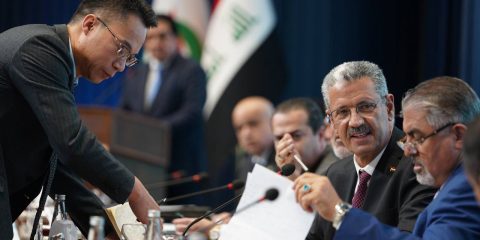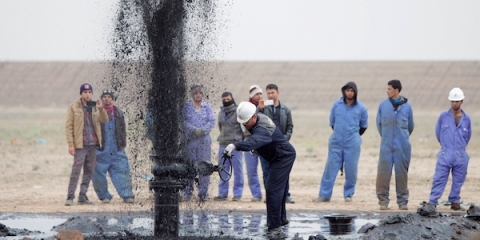Killing Abu Ghadiya
The four helicopters scythed through the air, two Black Hawks full ofDelta Force operators covered by a pair of AH-6 Little Birds, all headed for the Syrian border near Al Qaim. The aircraft were flown by some of the Army’s most skilled pilots, the Night Stalkers, but it was broad daylight — 4:45 p.m. on October […]Sean D. Naylor writes for Foreign Policy:
The four helicopters scythed through the air, two Black Hawks full ofDelta Force operators covered by a pair of AH-6 Little Birds, all headed for the Syrian border near Al Qaim. The aircraft were flown by some of the Army’s most skilled pilots, the Night Stalkers, but it was broad daylight — 4:45 p.m. on October 26, 2008. They were on their way to kill a man.
That man was Abu Ghadiya, the nom de guerre of Badran Turki Hishan al-Mazidih, an Iraqi of about thirty years of age who ran the largest foreign fighter network in Syria. During the peak of the Iraq War in 2006 and 2007, Joint Special Operations Command — which oversees the Army’s Delta Force, the Navy’s SEAL Team 6, and other secretive and elite units — estimated Abu Ghadiya was running 120 to 150 foreign fighters (including twenty to thirty suicide bombers) a month into Iraq. Thanks to a spy in Abu Ghadiya’s camp and to signals intelligence facilitated by a JSOC operative’s repeated undercover missions to the area, the command had been carefully tracking him for months. The task force knew that he occasionally visited Iraq to maintain his bona fides with the fighters, but his regular base in the area was a safe house in Sukkariyah, a village near the town of Abu Kamal, six miles across the border from Al Qaim. It was to that village the helicopters were now flying.





